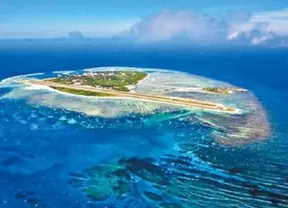
It can be seen from the above narrative, the situation in the South China Sea came to the state of where we are today is the result of the entangling effect of the actions and reactions along multiple lines.
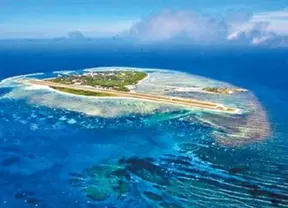
On February 5, 2014, US Assistant Secretary of State for East Asian and Pacific Affairs Daniel Russel said at a congressional hearing that China was “lack of clarity with regard to its South China Sea claims has created uncertainty, insecurity and instability in the region.”[xvii]
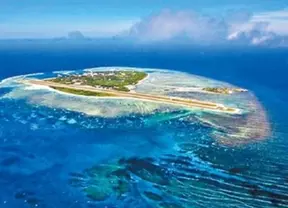
On January 22, 2013, the Philippines initiated an arbitral proceedings against China at the International Tribunal for the Law of the Sea.
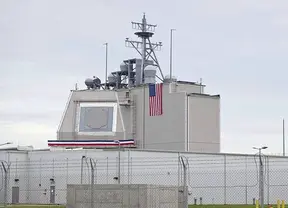
The year of 2010 witnessed a faster shifting in the US policy on the South China Sea issue, which showed an inclination to “take sides”. At the ministerial meeting of the ASEAN Regional Forum held in Hanoi, Vietnam on July 23, 2010,
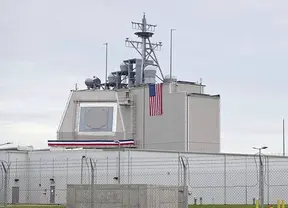
It is worth noting that right before the signing of the DOC, opinions divided about what name to use referring to the disputed areas. Most ASEAN Member States wanted to use the expression of “Spratly Islands”, while having no objection to China using “Nansha Islands”.
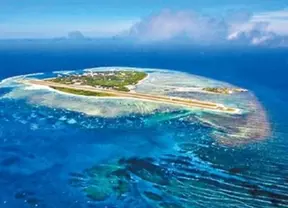
The Road to the Declaration on the Conduct of Parties in the South China Sea
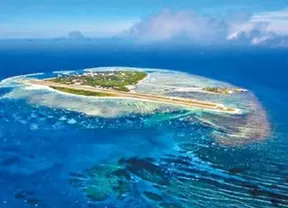
Since mid-1950s, the Philippines and South Vietnam started their encroachment of the Nansha Islands. In 1956, Tomas Cloma, a Filipino adventurer announced his discovery of a group of islands in the Nansha waters, and renamed them "Freedomland".

The South China Sea issue has become one of the major irritants in the China-US relations in recent years, over which the public opinion in the two countries are very critical of each other. There are even frictions in the sea between the two navies.